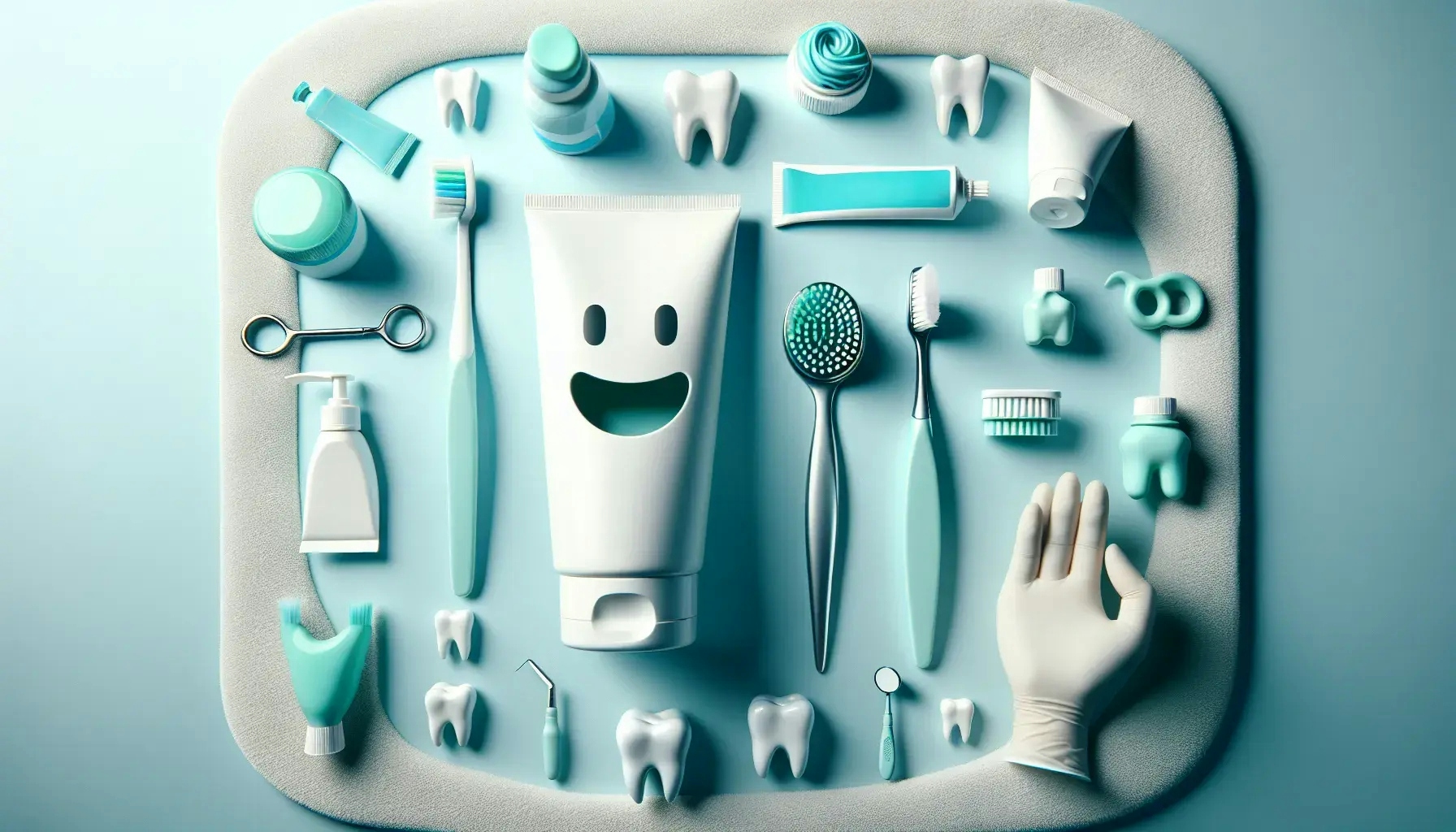Choosing the right toothpaste can often feel like a daunting task. With countless brands, types, and ingredients to choose from, how do you know which one is the best for your oral health? This comprehensive guide aims to demystify the process, providing you with the knowledge and tools you need to make an informed decision.
Understanding the Basics: What is Toothpaste?
Toothpaste, a key component of our daily oral hygiene routine, is a gel or paste used in conjunction with a toothbrush to clean and maintain the health of our teeth. It serves multiple purposes, from removing plaque and food particles to freshening breath and delivering therapeutic benefits.
Toothpaste contains several key ingredients. Abrasives, such as calcium carbonate or silica, help remove stains and plaque. Fluoride, a mineral that strengthens tooth enamel and fights cavities, is another crucial ingredient. Humectants like glycerol prevent the toothpaste from drying out, while detergents create the foaming action we associate with brushing.
Understanding these basics is the first step in choosing the right toothpaste. It's not just about the brand or the price; it's about what's inside the tube and how it can benefit your oral health.
The Importance of Fluoride
When selecting a toothpaste, one of the most important ingredients to look for is fluoride. This naturally occurring mineral plays a vital role in oral health by strengthening the tooth enamel and making it more resistant to decay.
Most toothpastes on the market contain fluoride, but it's always worth checking the label to be sure. The American Dental Association (ADA) recommends using a fluoride toothpaste, and any product carrying the ADA Seal of Acceptance will contain this vital ingredient.
However, not everyone needs the same amount of fluoride. Children under the age of three, for example, should use a smear of toothpaste about the size of a grain of rice, while those aged three to six should use a pea-sized amount. This is because excessive fluoride consumption at a young age can lead to dental fluorosis, a condition that causes discoloration of the teeth.
Specialized Toothpastes: Whitening, Sensitivity, and More
Beyond fluoride, there are many specialized toothpastes designed to address specific oral health concerns. Whitening toothpastes, for instance, contain additional abrasive ingredients to polish the teeth and remove surface stains. However, they don't change the natural color of your teeth or lighten a stain that goes deeper than a tooth's surface.
For those with sensitive teeth, there are toothpastes formulated with ingredients like potassium nitrate or strontium chloride to help alleviate discomfort. These ingredients work by blocking the pathways in the teeth that attach to nerves, reducing sensitivity.
There are also toothpastes designed to combat gingivitis, dry mouth, bad breath, and tartar buildup. The key is to identify your specific needs and choose a toothpaste that addresses them.
Natural and Organic Toothpastes: What You Need to Know
In recent years, there's been a surge in the popularity of natural and organic toothpastes. These products often tout their lack of artificial flavors, colors, and preservatives, and some are fluoride-free.
While these toothpastes can be a good choice for those seeking a more natural oral care routine, it's important to note that they may not provide the same level of protection against cavities as fluoride toothpastes. If you're considering a natural or organic toothpaste, look for one that carries the ADA Seal of Acceptance, which ensures it meets the same efficacy standards as traditional toothpastes.
Toothpaste for Children: Making the Right Choice
When it comes to children's toothpaste, the rules can be a little different. Young children, especially those who haven't yet mastered the art of spitting out toothpaste, should use a fluoride-free formula to avoid swallowing too much of this mineral.
As children grow older and become more adept at brushing, they can transition to a fluoride toothpaste. Many children's toothpastes come in fun flavors and feature popular characters to make brushing more appealing. However, the most important thing is to ensure they're brushing properly and regularly, regardless of the toothpaste they use.
Making Your Final Decision: Tips and Considerations
Now that you're armed with all this information, how do you make your final decision? Start by identifying your specific needs. Do you want to whiten your teeth, or do you have sensitive gums? Are you looking for a natural toothpaste, or is fluoride content your top priority?
Once you've identified your needs, look for a toothpaste that meets them and carries the ADA Seal of Acceptance. Don't be swayed by fancy packaging or marketing claims; instead, focus on the ingredients and the benefits they offer.
Remember, the best toothpaste is the one that you'll use consistently. So, choose a flavor and texture that you enjoy. After all, you'll be using it at least twice a day!
Wrapping Up: Your Path to the Perfect Toothpaste
Choosing the right toothpaste doesn't have to be a complex task. By understanding the basics, knowing what to look for, and identifying your specific needs, you can find a toothpaste that's perfect for you. Remember, the right toothpaste can make a significant difference in your oral health, so take the time to make an informed decision. Happy brushing!

